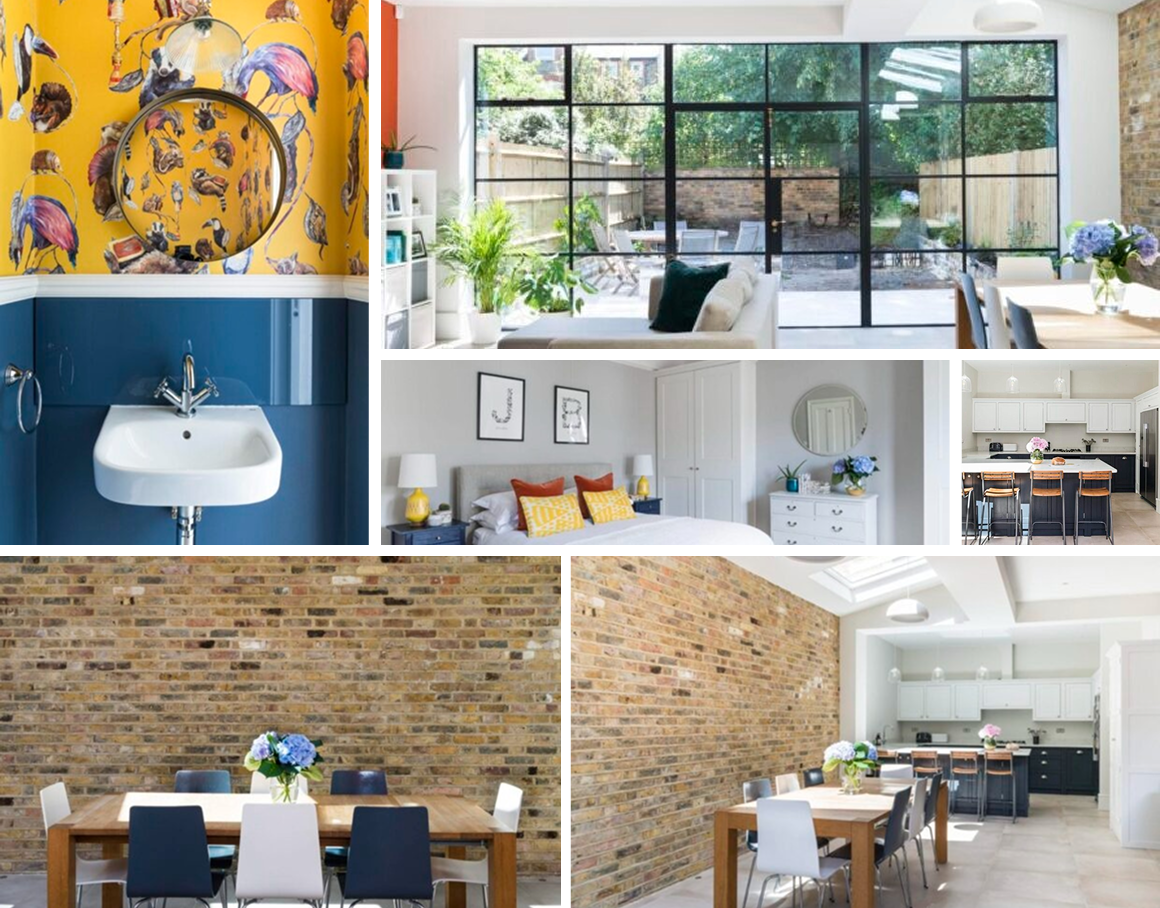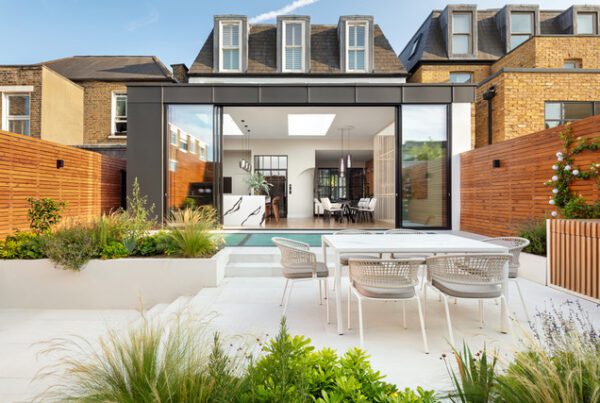As the crisp air of autumn settles in, the shift in seasons inspired a homeowner to finally start the renovations they had been dreaming of for months. The house, which had been cozy and functional, was ready for an update that would better reflect their lifestyle and the design trends of 2025. With energy efficiency, sustainability, and smart technology at the top of their renovation checklist, it was clear that this was going to be more than just a cosmetic change. It was about creating a space that was functional, modern, and future-proof.
Sitting by the window, watching the fall leaves rustle outside, the idea of transforming the home into a smarter and more eco-friendly sanctuary started to take shape. The top 5 design trends for 2025 felt like the perfect starting point. Here’s how these trends not only made their home more comfortable but also enhanced its value and sustainability.
1. Sustainable Design: Eco-Friendly Renovations for a Better Tomorrow
The first thing that came to mind was the need for eco-friendly solutions. The house had great bones, but it needed to be greener. With 2025 ushering in a stronger focus on sustainability, they realized that smart renovations could benefit both the planet and the pocketbook.
Upgrades like solar panels on the roof, energy-efficient windows, and low-VOC paints were the first steps toward creating a sustainable home. In the kitchen, reclaimed wood replaced old cabinetry, and bamboo flooring added a natural touch. Every renovation choice was a conscious decision to build a home that would be energy-efficient and eco-conscious.
Why It’s Worth It: These green upgrades didn’t just save money on utility bills; they also contributed to a healthier planet. As a result, the home became a sanctuary that was both beautiful and responsible.
2. Smart Home Technology: Making Life Easier
Next on the list was embracing smart technology. With the world becoming more connected, it only made sense to integrate smart features into the home. They opted for a smart thermostat that could be controlled remotely, ensuring the house was always at the perfect temperature without wasting energy.
Voice-controlled lights, automated security systems, and smart appliances were added to create a seamless experience that offered both convenience and efficiency. The ability to adjust everything from the phone was a game-changer, and the system’s learning capabilities made it even more personalized over time.
Why It’s Worth It: Smart technology streamlined day-to-day living, improving comfort, security, and energy efficiency—and increased the home’s overall value by future-proofing it for years to come.
3. Biophilic Design: Connecting with Nature
The next step was a move toward biophilic design, which emphasizes connecting indoor spaces with nature. This approach was not just about aesthetics; it was about well-being. The homeowner had always found peace in nature, so bringing the outdoors inside felt like a natural next step.
Large windows were installed to offer unobstructed views of the garden, and indoor plants—from ferns to pothos—were carefully chosen for their air-purifying qualities. Natural elements like stone countertops and wooden furniture completed the design, creating a space that felt serene, calm, and rooted in nature.
Why It’s Worth It: This approach not only improved the home’s atmosphere but also mental health, creating a space where one could unwind and feel at ease. Plus, the use of natural materials ensured that the home was sustainable as well as beautiful.
4. Open-Concept Spaces: Flexible and Adaptable Living
With a growing desire for flexibility, open-concept living spaces were the next step. The layout was reimagined so that the kitchen, dining room, and living areas flowed into one another seamlessly. But flexibility was key—this wasn’t just an open floor plan; it was about creating a space that could easily adapt to different needs.
The addition of modular furniture allowed for quick changes in the setup, turning the living room into a guest room or a home office with ease. Movable walls offered privacy when needed and could be rearranged for different functions. This flexibility made the home work for a variety of activities, from family gatherings to solo work-from-home days.
Why It’s Worth It: Flexible spaces maximize every inch of the home, creating an adaptable environment that fits a modern lifestyle. This added not only comfort but also efficiency to the home, making it more functional and future-proof.
5. Bold Colors and Statement Features: Adding Personality
The final step was to inject personality into the design. Gone were the days of plain neutrals and safe choices. With 2025’s design trends, the homeowner embraced bold colors and statement features to make the home truly reflect their unique style.
A deep emerald green accent wall became the centerpiece of the living room, while a mustard yellow armchair added a pop of color. Bold light fixtures, like a statement chandelier, completed the space and made it feel truly one-of-a-kind. The once-neutral spaces now felt like a true expression of self, each color and piece of furniture telling a story.
Why It’s Worth It: Bold colors and statement pieces help make a home feel vibrant, personal, and uniquely yours. These choices don’t just reflect style; they make the home a true reflection of the homeowner’s personality.
Conclusion: Transform Your Home for 2025
As the renovations came together, the homeowner couldn’t help but marvel at the transformation. Their house had evolved into a smart, eco-friendly haven that was both modern and welcoming. The sustainable materials reduced the home’s carbon footprint, while the smart technology made everyday life more comfortable and efficient. The biophilic design connected the indoors with nature, and the bold color choices made the space feel like a true expression of their personality.
If you’re looking to renovate or redesign your home for 2025, take a cue from these innovative trends. From eco-friendly upgrades to smart home technology, these trends are shaping the future of architecture and design. Whether you’re updating a single room or embarking on a full home transformation, these ideas will help create a beautiful, functional, and future-proof home.
Start your renovation today and transform your space into the home you’ve always dreamed of—one that’s smart, eco-conscious, and perfectly tailored to you.



